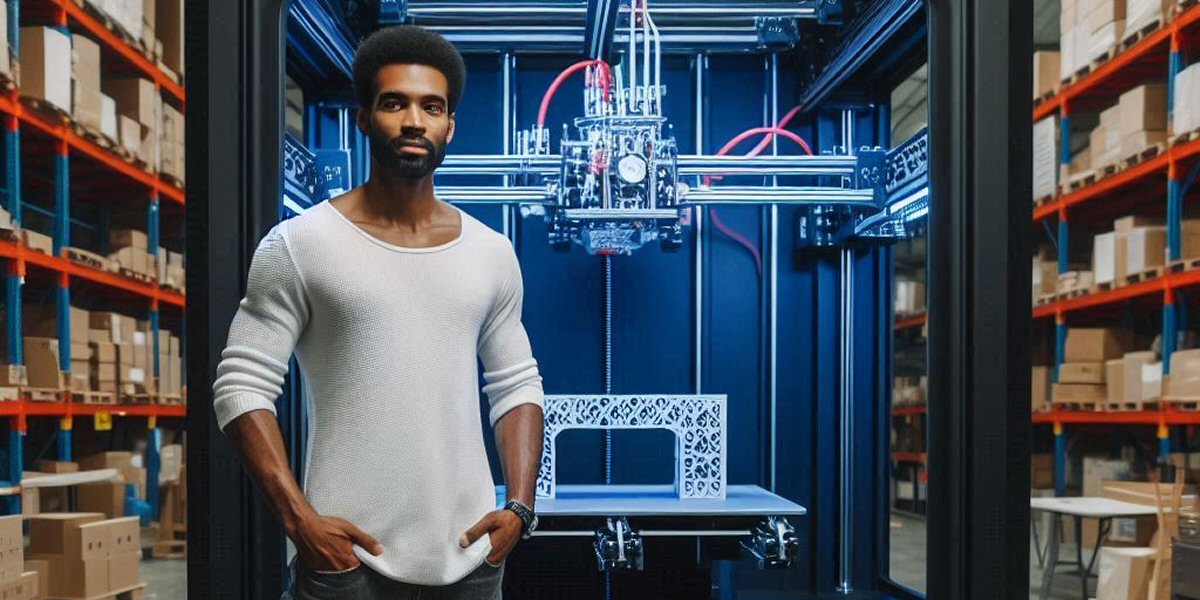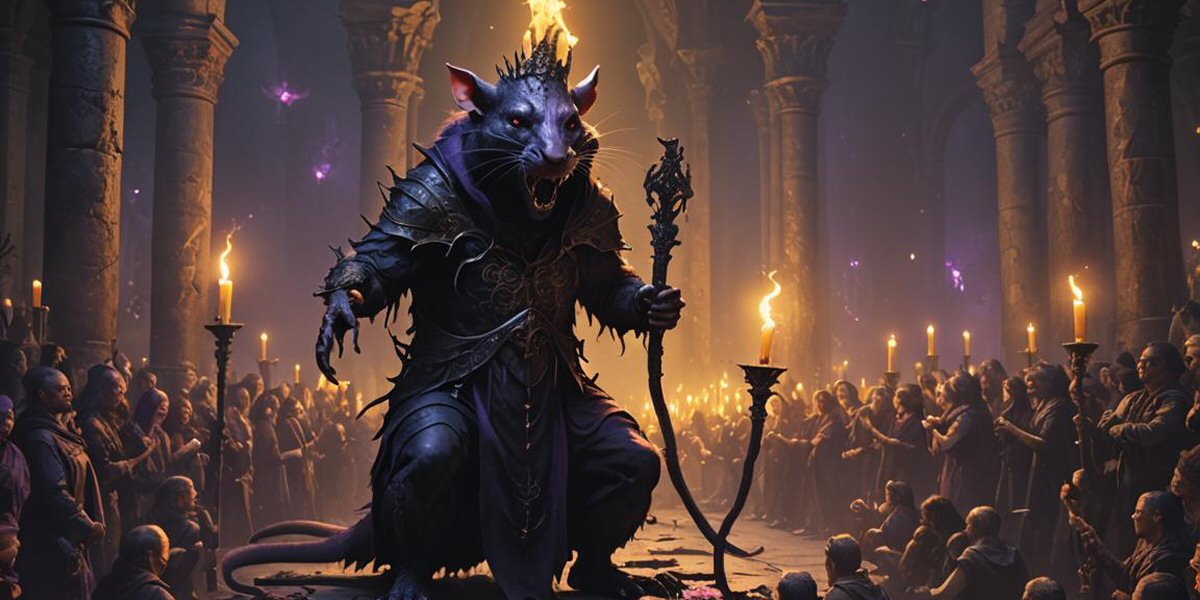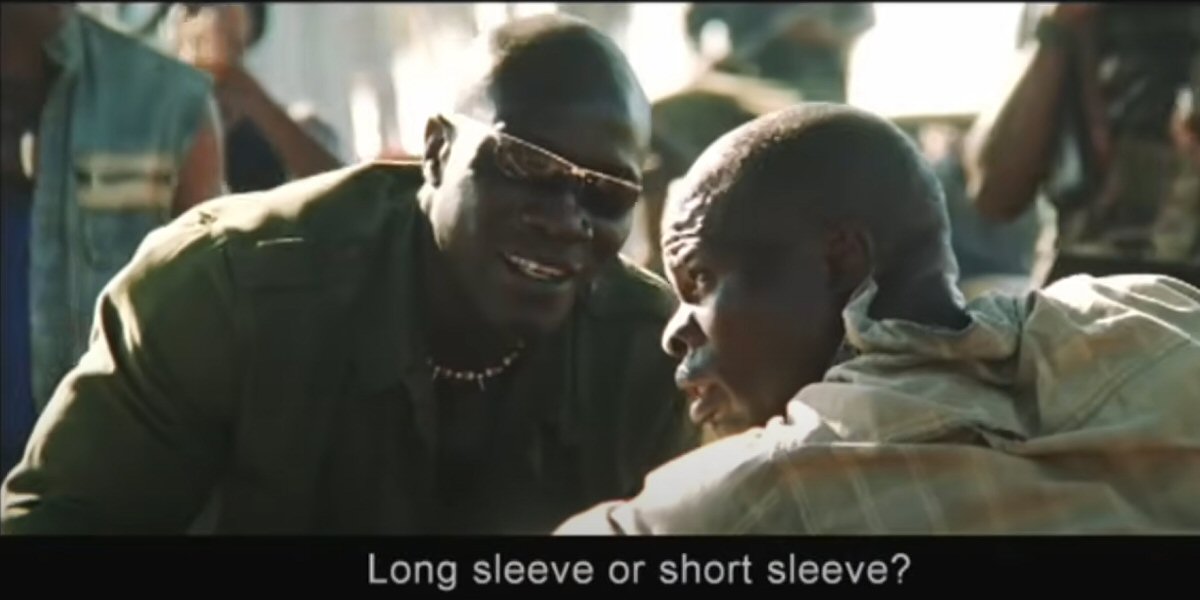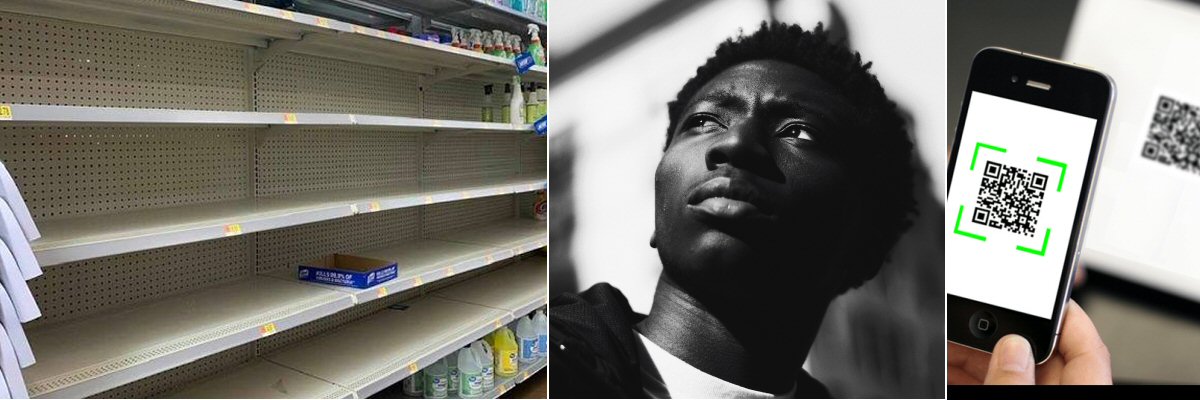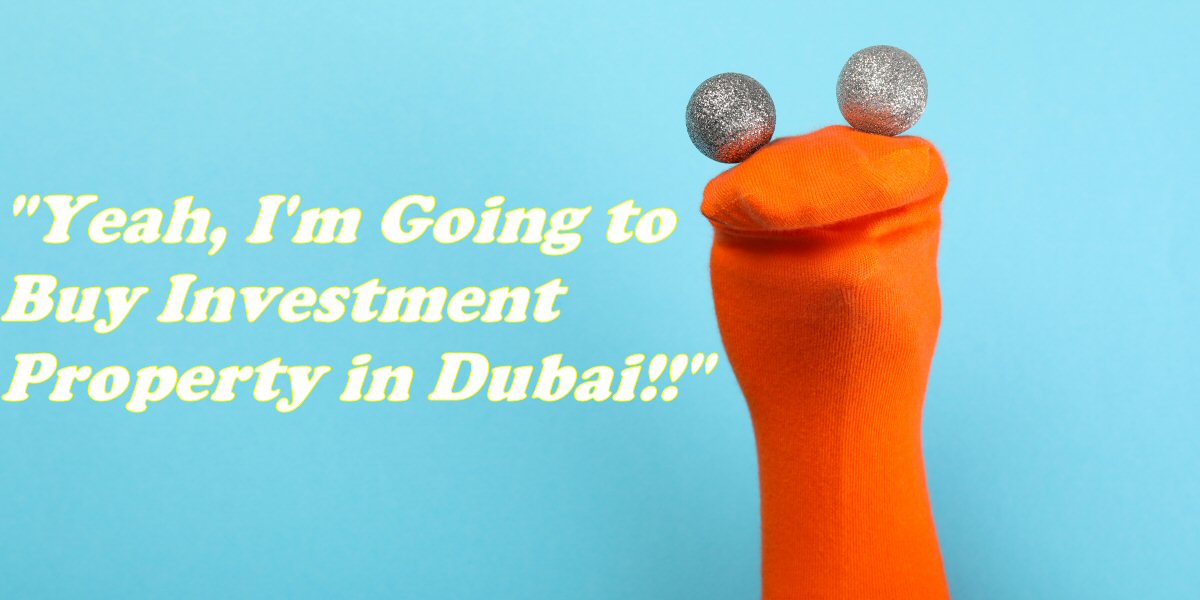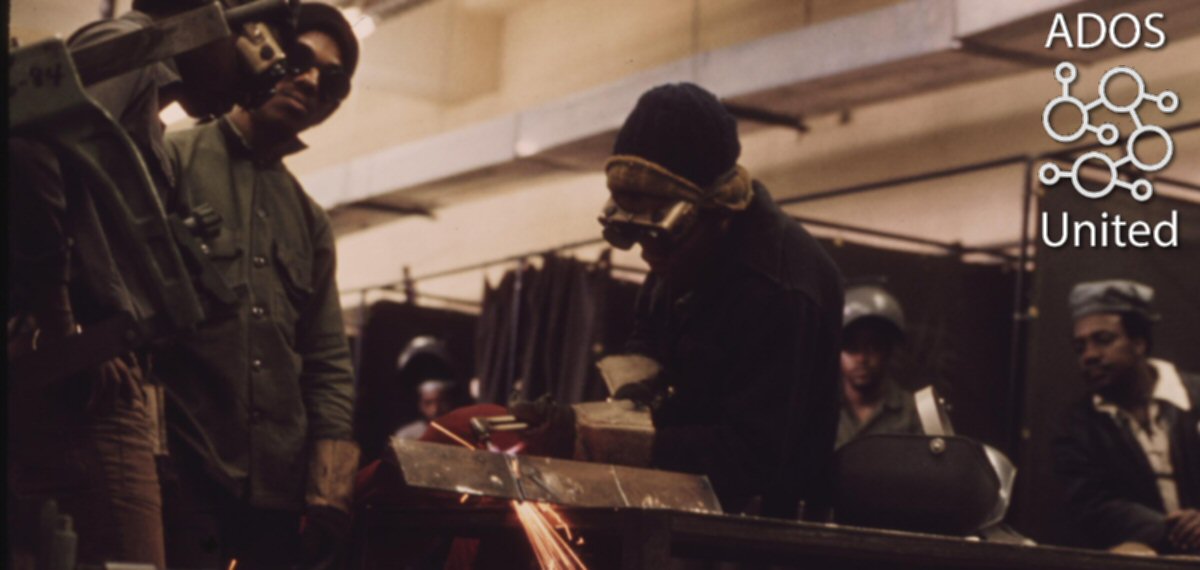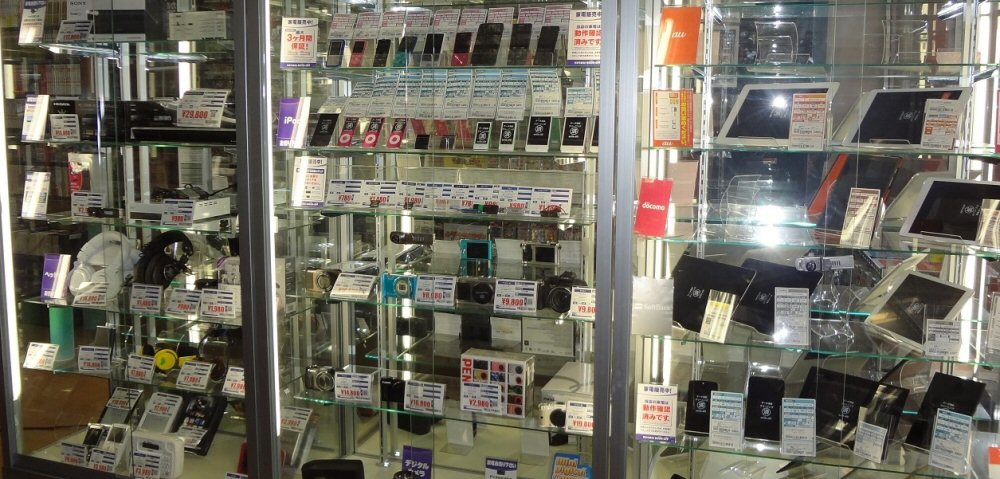How Toshikiso Unleashes a New Paradigm of Digital Ventures

The first weekend of November 2023, we quietly launched Toshikiso. This is that big release from us because Toshikiso will accelerate the growth and paradigm of digital ventures from digital nomads to future smart city ventures.
Toshikiso is our platform to create applications and processes using low-code API integration. It was designed specifically for scale from micro-entrepreneurs to enterprise digital urban solutions. Toshi or translate to “urban” while “kiso” means foundation in Japanese so that’s your origin of Toshikiso.
I’m pretty sure it’s some Japan-obsessed weeb goofball want to be corrective but I’m from the West Side of Chicago and don’t care. This project was mostly envisioned and engineered out of Japan several years and now we here.
In this article, I’m not going to describe Toshikiso with just tech features, I’m going to explain how a person or firm can take advantage of the features. I think that is better to help understand the real power and capabilities one can leverage with the platform. I already know the platform is awesome because we been using it for several years, lol to anyone just hearing about it.
API Keys
The first thing I want to point out is our clients will be assigned API keys. These API keys like any other cloud platform or software-as-a-service offering are secrets the client is responsible for. These API keys determine billing rates. Even our Early Adopters are billed but zero out indefinitely – they don’t have to pay for anything, the rest of you guys do.
Applications
An application on our platform run processes. For example, let’s say you ran off to Bali as a digital nomad and setup a music distribution and licensing of Indo-pop or Indonesia pop music to markets in Latin America and throughout Southeast Asia. You create an Toshikiso application on the web site and give it a name, that’s the establishment of your application.
Then with your API keys, you create low-code application that calls our media service, our blockchain vault that stores media assets and tokens all from your laptop in Bali. Notice our business model is specifically designed for this type of person, this type of lifestyle.
Blockchains
This is where the paradigm shift begins because as I was written about in several blockchain books, we have been creating breakthrough business models with our offerings. What blockchain does is create a new paradigm of co-operative marketplaces.
For example, you moved to Dubai and create a Farsi reggaeton distribution and licensing operation – yes, Farsi reggaeton exists and we can tell who really knows the scene in Dubai, Doha, Kuwait, Saudi Arabia, Iran, Turkey and Northern Africa – but keep chasing punk kids in USA with pants sagging making music about drug dealing, Black-on-Black violence, and degrading Black women.
The artists can upload their music which will be stored on a blockchain ledger encrypted with the artist keys. Each music station all over the Islamic world can preview the music and buy tokens where each license is a right to stream – this is how Dream and Hustle podcasts been working the past several years.
That token is called a utility token and what it is a demand note or debt instrument where a music station pays for the token, the token is then provided to the music creator which is traded for cash. Please note that a utility token is not speculative crypto and is used as a medium just like a wire transfer.
I know most of you heard of this before, you think this is NFT but NFT is based on an old concept. The problem with NFT is the value is tied to crypto whereas in our model, the value is tied to the actual digital asset and the music creator. What happened is when the crypto market crashed, many people lost tremendous value in their NFT collection. However, those who had gold for example, do not lose value because the intrinsic value of gold slowly increased. Our utility token model is the same way, no speculative value system underneath.
Blockchain Flow. This is a command to microservice where the microservice can validate the request on the blockchain without an intermediary validator as the microservice controls fulfillment. For example, an individual setup an outsourced HR microservice as their side hustle. A client hires someone new and sends the required information to the microservice with their encrypted request – the microservice verify the keys and fulfill the request, sending out a new hire packet to the new employee and the microservice can charge a card on file or invoice the client.
Blockchain NLP. This is a simple contract. A barbershop owner and a supplier can agree to meet each other at the coffee shop on terms to supply new hair clipper blades to the barber shop and recycle the old clipper blades. When the barbershop owner needs a new set of clipper blades, they write using natural language processing or NLP “refill clipper blades” as the command to the blockchain with their encrypted signature. The other party verify the signature and a third-party validator confirm both digital signatures and a valid agreement has been reached. The barbershop agrees to pay, the supplier agree to fulfill the request.
Blockchain Vault. This is the management of digital assets. One distributed ledger holds the encrypted digital asset as a binary that can be verified as unique with a checksum. A second distributed ledger holds the transfer records of that binary file. So, when we spoke of the media distribution, a music artist load one song to the binary ledger, the transfer ledger has 500,000 unique tokens for stream for purchased. The failure/shortcoming of NFT is it present itself as a one-off and at best, some goofy celebrity uses it as their Instagram avatar. With a blockchain vault, a person can create a unique artwork and distribute it to art gallery pop-ups all around the world and license it out as a recurring revenue and hold on a collection of licensed work constantly creating revenue streams. Remember that difference.
If you look at the blockchain business models – these are cooperatives and multi-party engagement without necessarily a middle-person. So, the idea model of a passport bro or lazy girl that want to have a spot in Portugal or Bali, they create digital-first blockchain marketplaces for multi-party exchanges. They create a blockchain for small beauty shops to group buy beauty supplies from suppliers. They all pitch in their utility tokens they purchased off a token exchange. The lazy girl or passport bro is chilling in Colombia or Portugal with their foreign lover cooking together while the blockchain transaction fees from all parties just rolls into the bank account.
Microservices
The best way to scale up fast and quiet is developing microservices that can be accessed by any operation in the world. This is now new, people created feed services in the 1990s for stock quotes and sold them to brokers, investors and media operations to display on their web site.
Today you can create microservices to run complex multi-staged processes in the background and if you didn’t realize, this is what Toshikiso is doing with over 700+ API points. We will be over 1000+ API points by the end of 2023.
Our microservices are engineered to be low-code. A client can create a microservice on Toshikiso and what the microservice does is use the address identification of the application for the subscription and billing model. The microservice can bill the user or have its own payment scheme running in the back on a per-month or pay-as-they-go plan.
A brotha can move to Japan and collect bags and watches while running a microservice that pays for unique recipes to sell to commercial kitchens as their menu option. A sista can move to a quiet town in Iowa and establish a microservice that accept uploads of resumes and use an algorithm to create a professionally worded resume that will be used by recruiting firms and headhunters to present their 100k clients or use it for business proposals and presentations.
Graphs
A graph is a multi-point data analysis tool. With a regular SQL database, you really creating a table column and joining tables for a data view. It can get complicated when you have a table full of columns you cannot pivot easily or extract true relationships.
With graphs, everything is a data node that is related to another data nodes. For example, if a passport bro wants to create a matchmaking service, he can create a graph of all of the data nodes of a dating candidate such as income, height, body type and more. He can see a pattern of data nodes for the most in-demand type of woman and find data points to give improvement advice for women and for men to step their game up.
Graphs give much better and quicker access to context which is what you need. For example, we want to know about these crappy Black politicians and have a graph database of donors, laws they advocated or did nothing and we can gather political intelligence on worthless Black politicians and inform the Black community they need to be thrown out of office.
Events
Event sourcing is the driver of modern serverless, low-code application development. If you saw the movie The Matrix, they show a computer screen with green scrolling characters. That is actually how log files are generated and they are using an Asian-based text that reads from top to bottom. Log files contain events that happened. What event sourcing is are observations to the event that happen and take independent action as an observer.
In plain language, if someone walks into a store and check in with their Kossier app an event is generated with the text like “customer check-in” and also pass metadata such as the store number, the check-in kiosk number, the name of the customer and time of check-in. The event is logged and streams to subscriber applications that observe each event.
When an event such as “customer check-in” appear, a microservice dedicated to welcoming the user will see a check-in happened, take the data and send the customer a greeting and notify a sales staff of their arrival and lookup any previous client history to determine how to treat them, upsell them or whatever.
You do not have to hire employees or have a strong management team nonsense – all you need for a work process is monitoring events. If your business is event-driven, you are more agile and can prepare your business to be ready for anything that happen. Some businesses are reactive and what for something to happen then try to wing it – very inefficient way to run a business and try to compete against smart event-driven business workflows.
Toshikiso use the Saga pattern where a saga is a container of multiple tasks to complete. So for a new employee event, the tasks is create the id badge, create the payroll, create an email address – all operating independently of each other.
Saga: New Membership Plan
- Task: Create Access Privilege in Toshikiso
- Task: Send Welcome Email
- Task: Schedule Phone Call Follow Up
This is how programming will be done in the new era - focus on events that happen and respond to those events in a smart and predictable manner. So in Toshikiso, you will see the ability to create sagas and tasks and assign those tasks to microservices, completing the cycle. So your business planning while you in Tokyo having coffee at the coffee shop overlooking the street below, you just create all the events of your business.
Toshikiso Resetting the World
We are at a critical junction. It is very important for you to understand how to get a jump in the 21st century and not get lost in the sauce. We created a platform that can quickly empower young adults never before in their lifetime to create digital-first enterprises and move around globally if they wish, not tied to a job-town but go where they celebrated. They literally can sit at home and build up or they can travel somewhere outside the Matrix and build up there.
I grew up in work environments where I had to deal with quiet haters and old people hating young people as a threat. You don’t have to do that anymore. You can move to London next to the British Museum and work on a global information broker firm and enjoy a nice quiet British life and when winter arrive, fly to Bali or Bangkok or Dubai. Once we start going into detail of all of Toshikiso features and how-to, you will see how it's done.
This is why we moving in silence, staying quiet and only work with customers directly. Because we know the opportunity and value we bring and those we present this to all over the world is excited. With that said, you can go to Toshikiso.com when you ready and start registering your blockchains, applications, microservices and more.

